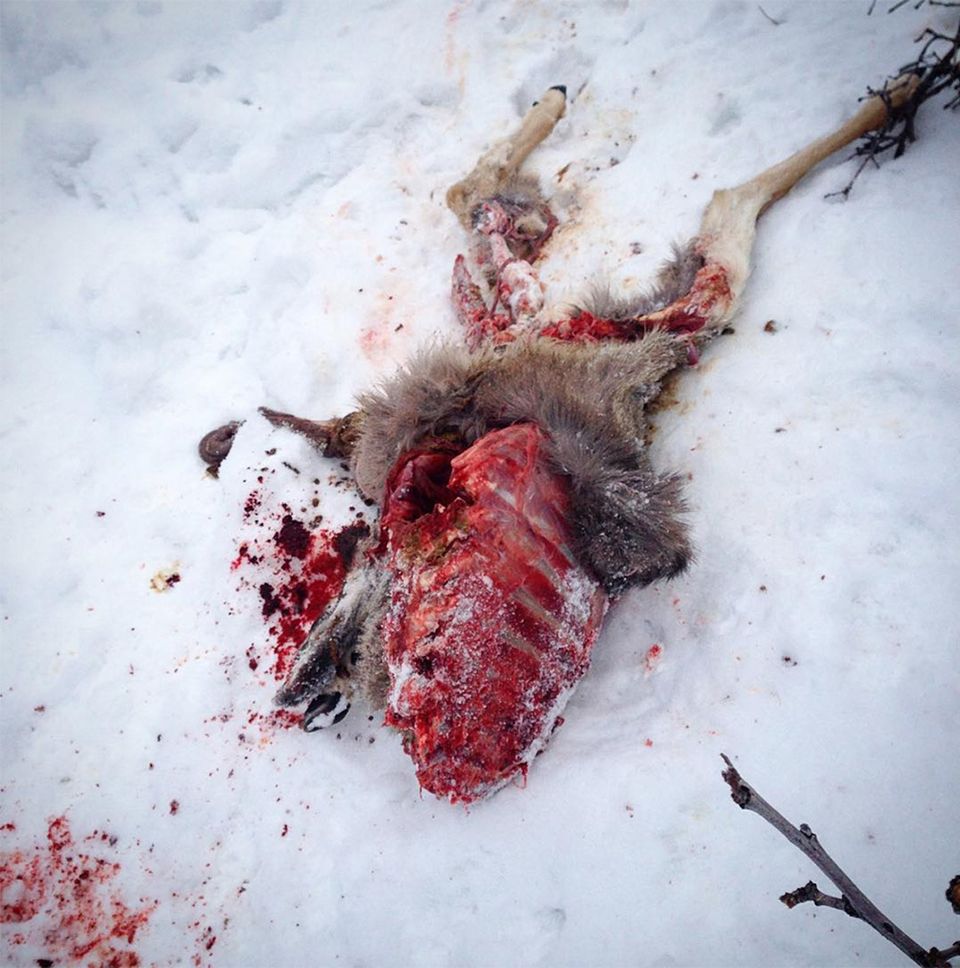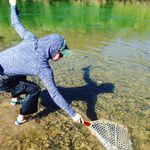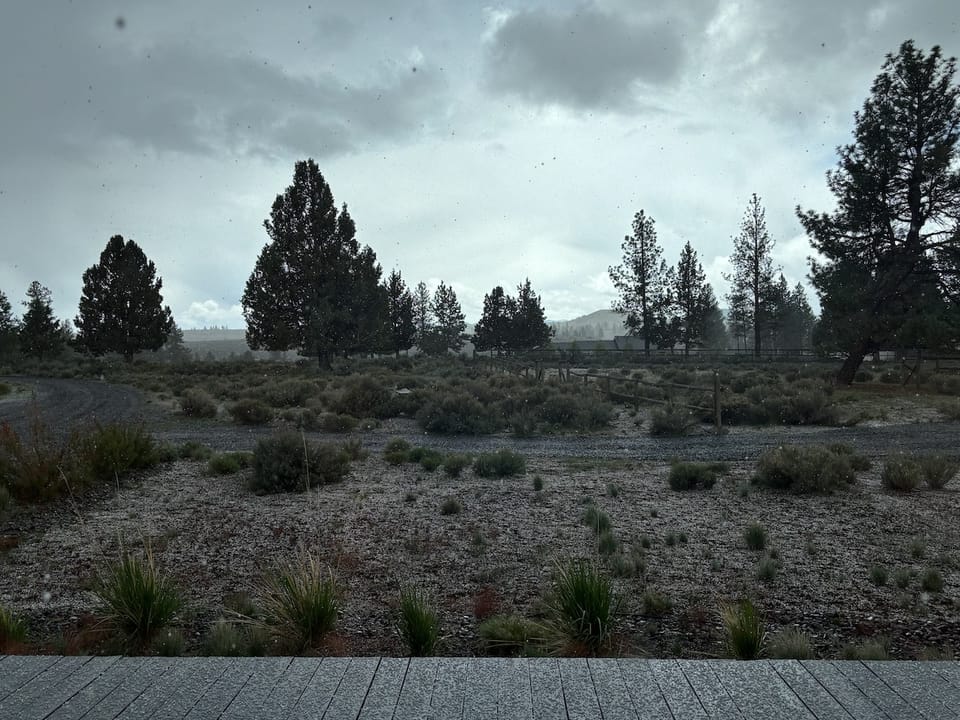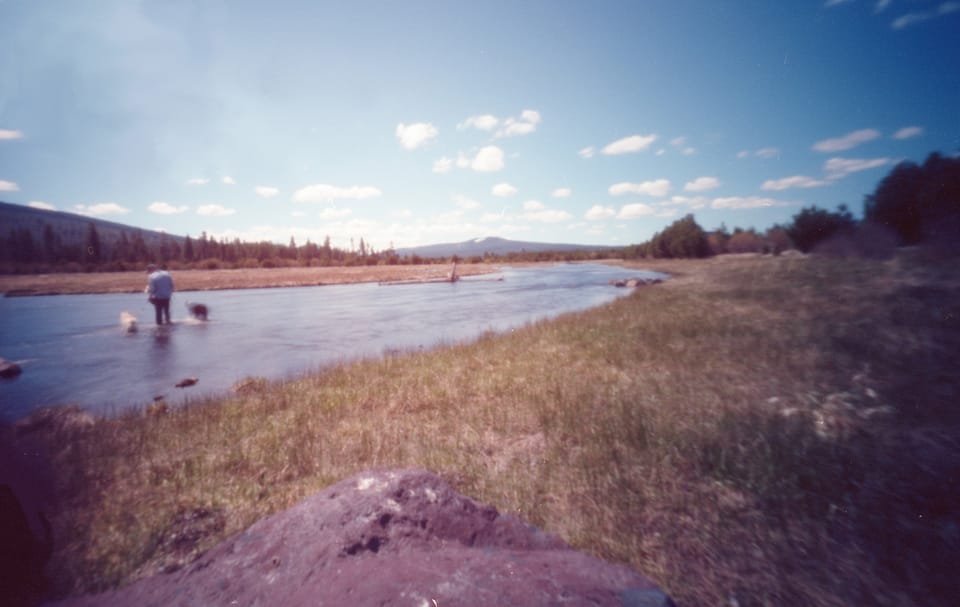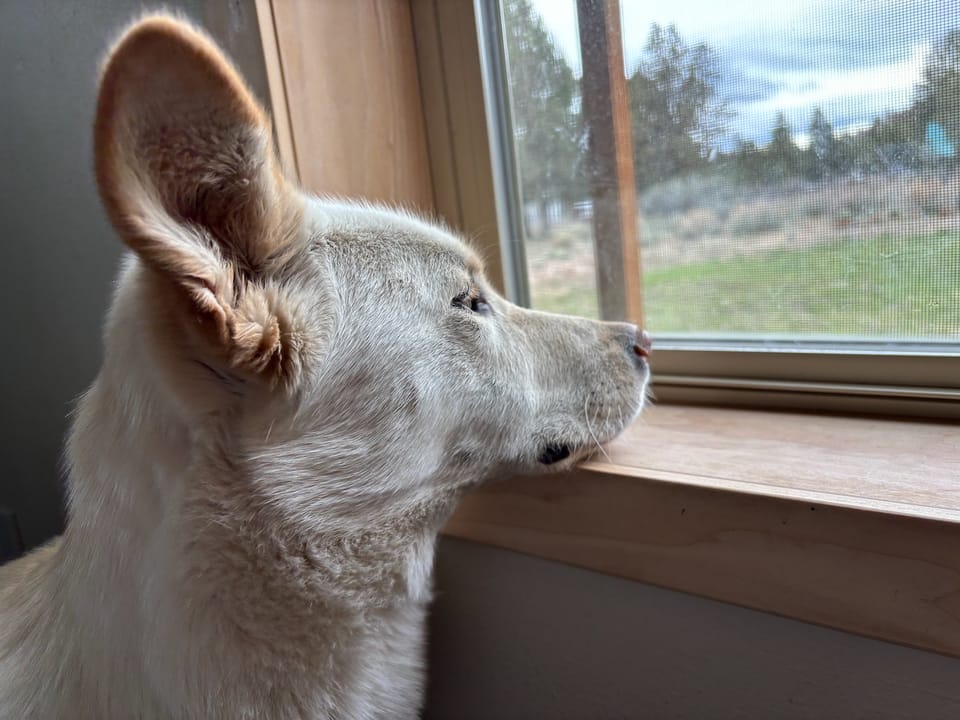The coyote, part of the dog family, has filled in the predator gap created by the absence of wolves. They are like ravens, I think, in that both are animals that thrive in a disturbed ecosystem. The state of Utah pays $50 for each dead coyote on the presumption that they kill too many deer, upset the “fawn: doe ratios.” The state pays for the killing of coyotes so that hunters can kill the deer instead. From 2013 – 2015 almost 40,000 coyotes were killed for bounty in Utah, with no evidence that it is having any effect at all on the deer population. Turns out other things influence deer populations… food, habitat, disease.
When I lived in Moab, I heard a lot of stories about people whose dogs got caught in coyote traps left around by bounty hunters, some of them pretty close to town in the recreation area where we walked our dogs. You could get a lesson on how to open the traps yourself, in case you were far from help and your dog was caught.
Truthfully, I rarely saw coyotes in Moab. I assumed that is because there is so much space for them to roam. As I traverse the benches of Salt Lake City, though, I have identified some of the clusters of oaks where they live, gullies where they seem to hang out, and have noticed patterns in their behavior (at least in the morning). I hear them almost daily and see them often. I think most people out there like seeing them, as a reminder that wildness still exists close by.
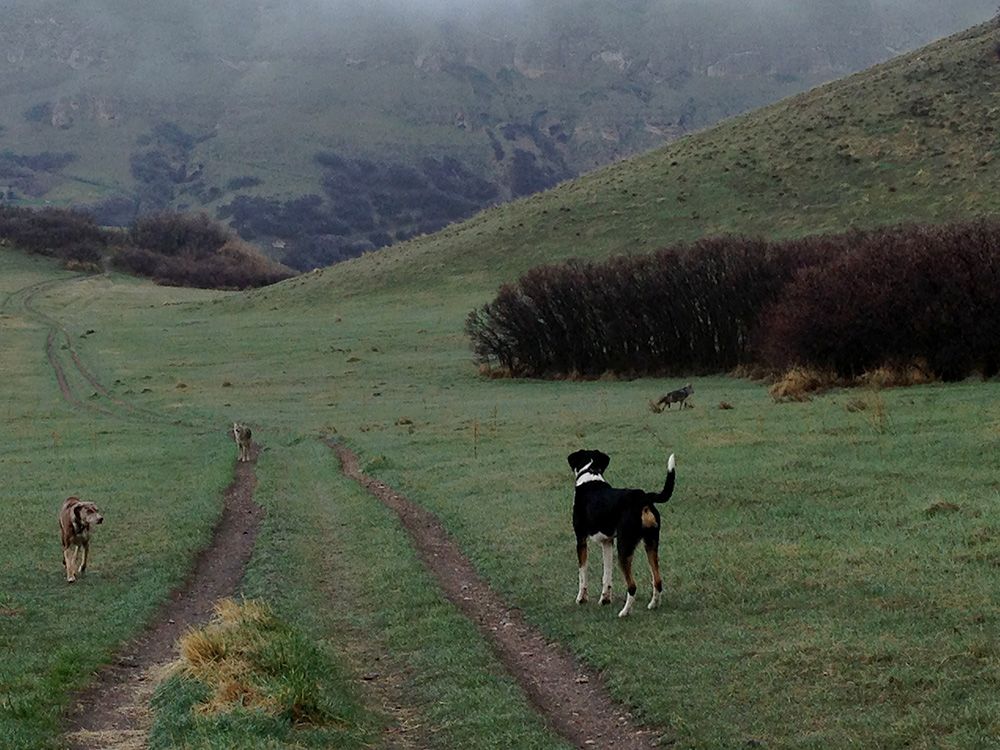
We’ve had some unnerving encounters. RK watched a group of coyotes triangulate around our dog Emma one foggy evening before he called her to him and took off the other way. My bike light was dying on a night ride when I heard a pack disturbingly nearby. I kept pedaling into the dark, spooked, but knowing they wouldn’t tell me they were there if they wanted to harm me.
I admire their stealthiness, their comfort in moving through these hills that are crisscrossed with trails and widely tramped by people and dogs, their survival despite our best efforts to eliminate all the predators. Morning and evenings are their time when fewer of us venture out. Their howls and barks make me feel just the tiniest bit connected to nature, a bright spark in a day over-filled with city things. I can imagine a world where there are no humans (or songbirds or polar bears) but coyotes, raccoons, magpies, and ravens will pick through, and thrive, on what remains.


